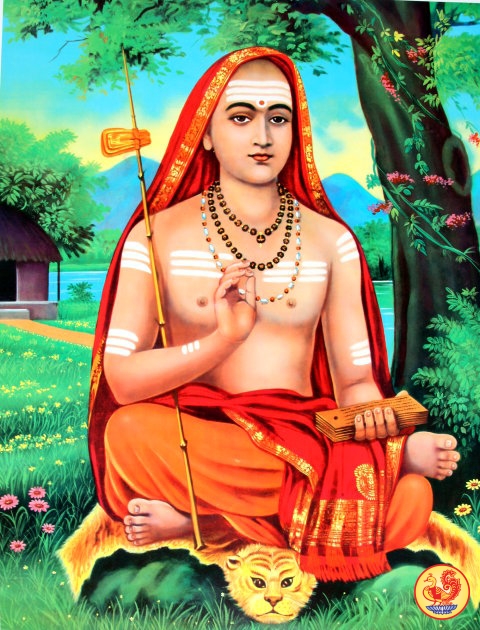Faqir Uprising of Bengal
The Sepoy munity of 1857, also known as First War of Indian Independence, was not the first movement of various classes of people to overthrow the British rule. Anti-British sentiments emerged shortly after the annexation of the province of Bengal, Bihar and Orissa by Warren Hastings in 1772. One such revolt that was of a great significance was the Faqir Uprising of Bengal that took place in 1776-77 and had the potential of shaking the very foundation of the nascent British rule in India. Soon after the annexation of Bengal, in 1776-77 a group of wandering Muslim religious mendicants known as faqirs, started against the British authority an agitation which came to be known as Faqir Uprising of Bengal. Manjum Shah was the pioneer of this revolt, these faqirs under his leader began to levy tax on the zamindars and peasants. This was in defiance of the British authority. After Manjum Shah’s death, Chirag Ali Shah became the leader of the group and under his leadership the uprising spread















